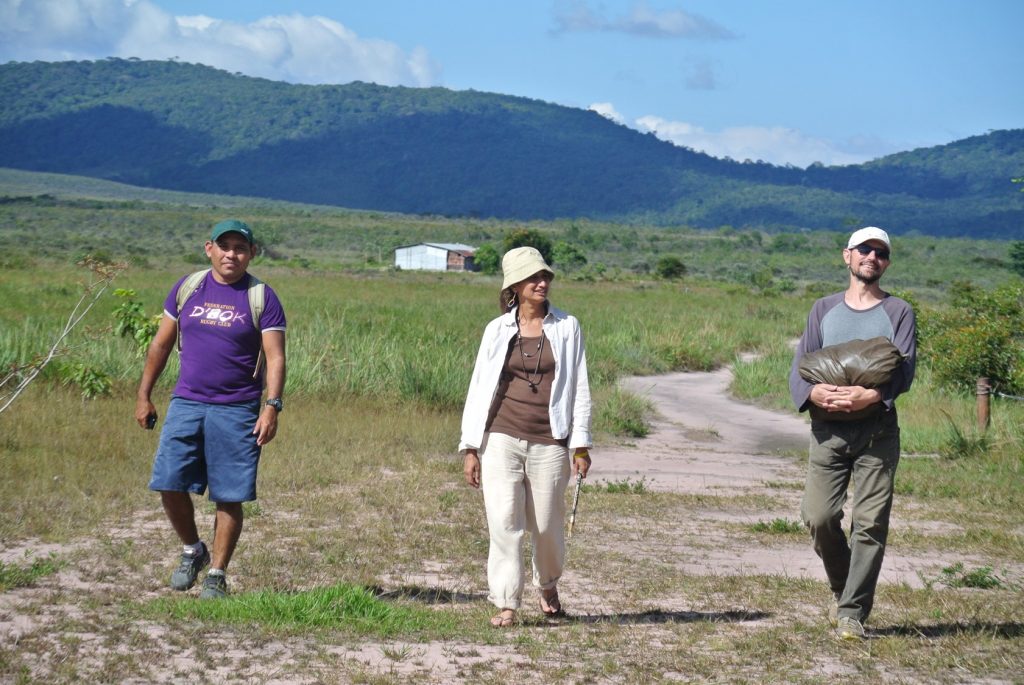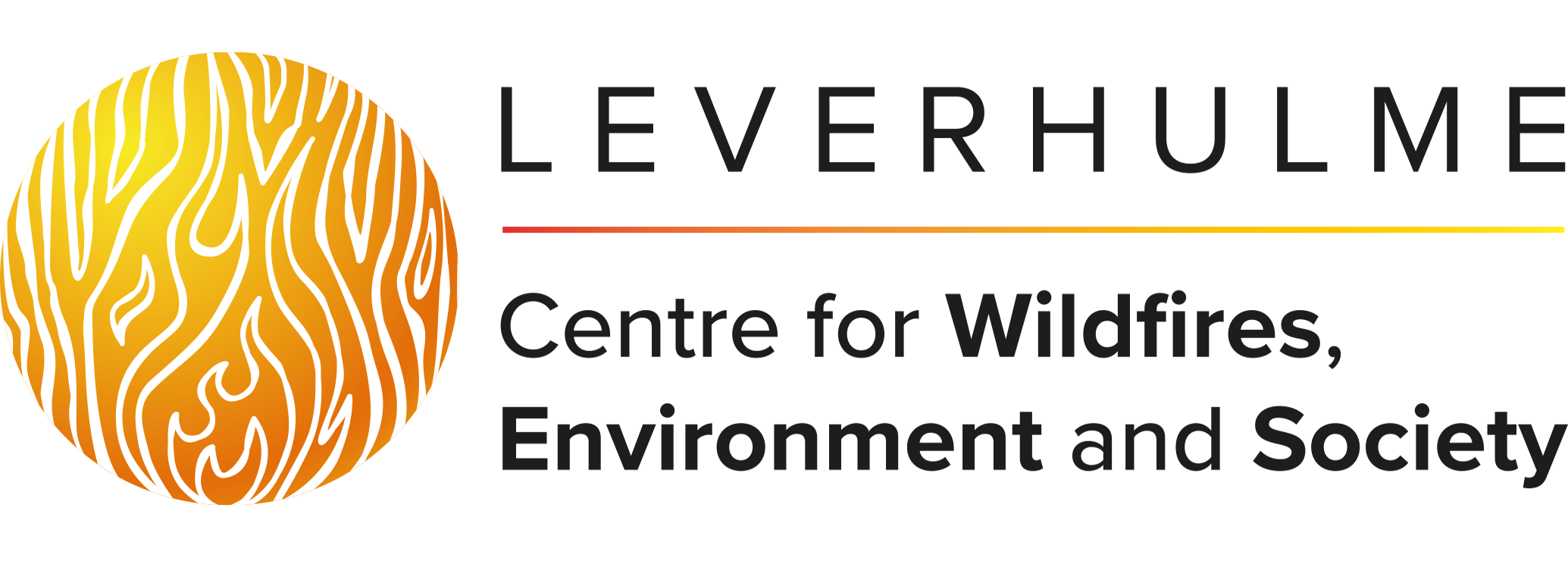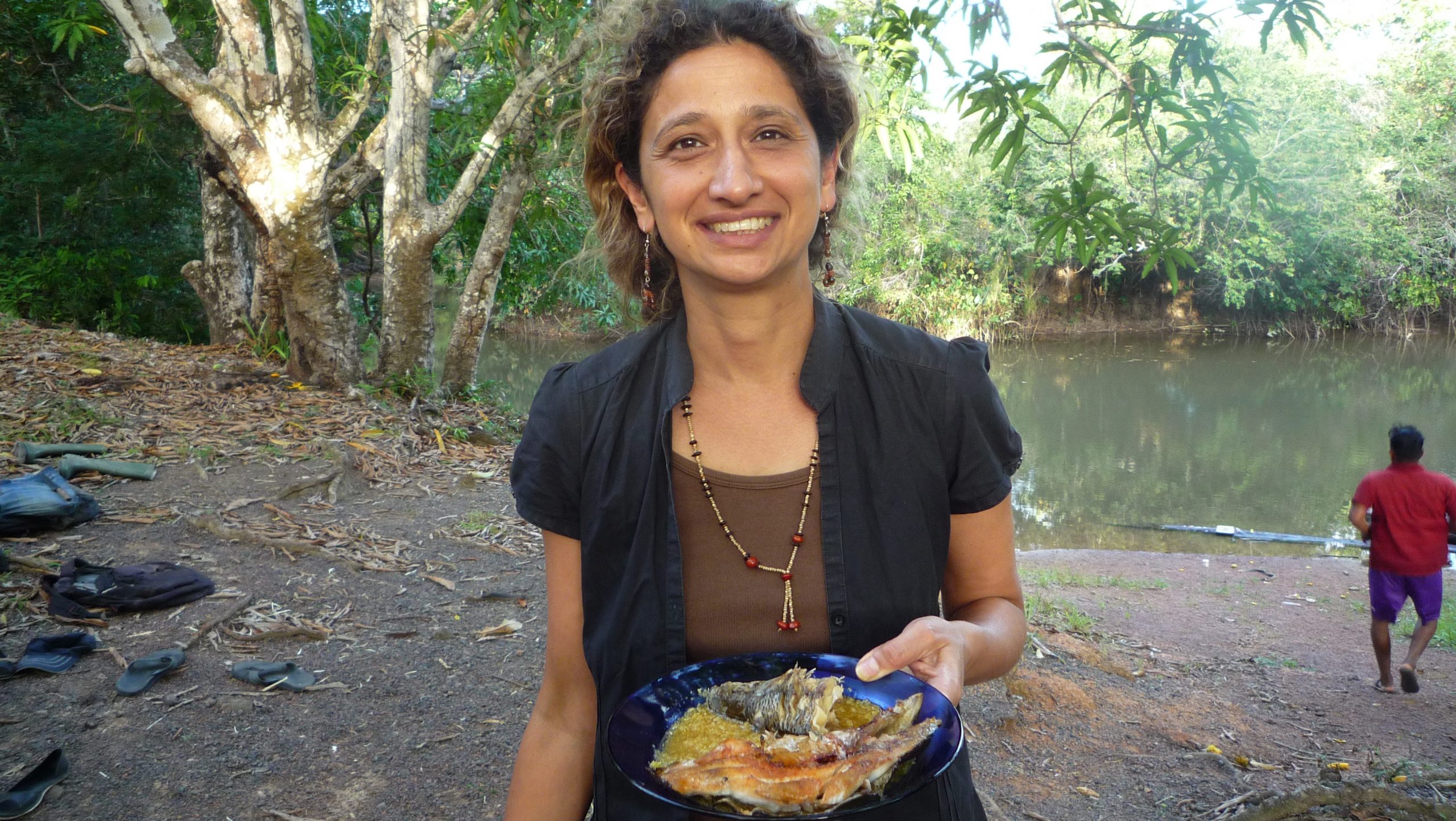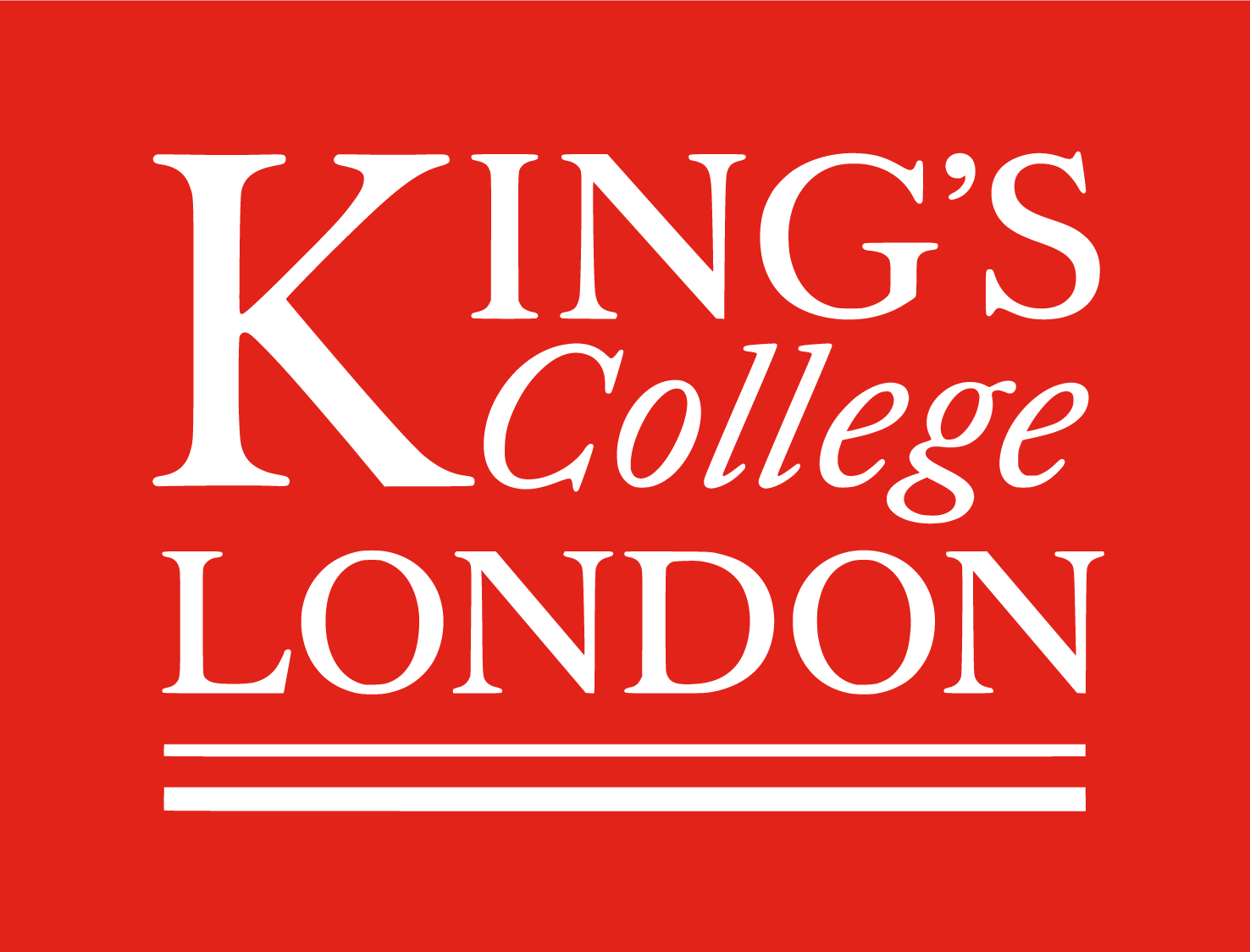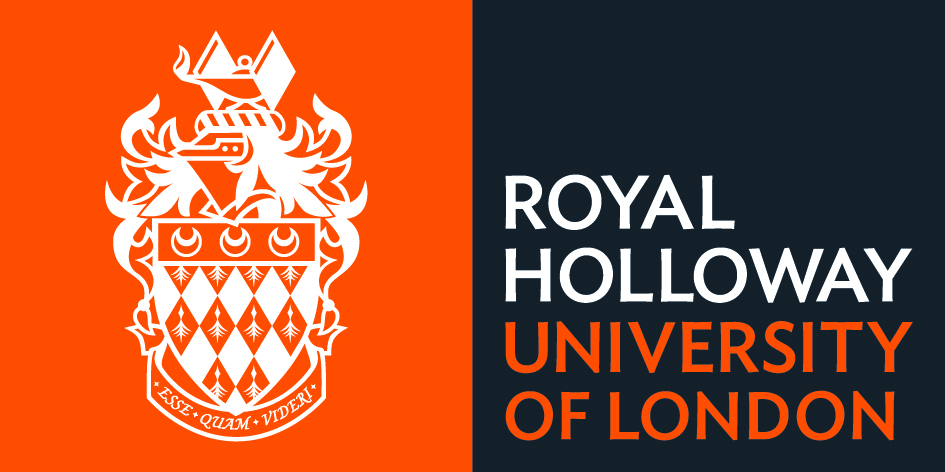Prof. Jay Mistry is an Associate Director of the Leverhulme Centre for Wildfires, Environment and Society, and Professor of Environmental Geography at Royal Holloway University of London. Her interests lie in environmental management and governance, participatory visual methods, Indigenous geographies, and fire management, particularly in tropical savannas. Our Centre Director, Prof. Colin Prentice, talked to Prof. Mistry about wildfire research, bridging social and natural sciences, and her vision for the Centre
Colin: How did you first get interested in fire?
Jay: It was through my PhD that I became interested in fire. My supervisor, Philip Stott, at the School of Oriental and African Studies, had been studying fires in south-east Asia for quite a long time, and that’s why I initially linked up with him. I was originally going to look at fires in savanna forests at the border between India and Burma, but due to civil unrest I ended up going to Brazil for my fieldwork, and since then much of my research has been in South America.
Colin: I can’t remember the phrase you used once to describe your position with regards to the natural and social sciences, but I’ve sometimes used the term “cross-over scientist”. I guess that working with Philip Stott you were studying ecology from a human perspective, is that right?
Jay: My PhD project was actually very much in the natural sciences. I was looking at how you could use lichens as bioindicators of fire history for savanna management in the Brazilian cerrado! However, the cross-over did happen as a result of my time in Brazil. I was working in a reserve just outside Brasilia that had experimental burn plots. I started talking to people about the fires that kept coming regularly into the reserve from the surrounding landscape. Some said that the people living around the reserve were irresponsible, and that they didn’t know what they were doing, but I wasn’t convinced about this argument. Then, just after my PhD, I started looking at different fire fuels and fuel characteristics, and modelling fire spread, including from fires set outside the reserve. This all got me thinking, who are these people? I knew where the fires were coming from, but why were people setting them? So I applied for some small funding and managed to get back to Brazil to start talking to subsistence farmers and Indigenous people about their use of fire. It was during this time that I realised that nothing was really going to change in terms of fire management unless local people were involved. That’s what led me on my path to becoming a “cross-over scientist”.
I realised that nothing was really going to change in terms of fire management unless local people were involved. That’s what led me on my path to becoming a “cross-over scientist”
Colin: In taking this path you’ve obviously adopted methods from the social sciences. What methods have you found to be most useful?
Jay: The most useful methods I have found are participatory methods, particularly participatory visual methods. Participatory video is one of the techniques that I’ve used a lot in my work. People see the world, and issues such as fire, in different ways, yet it is very difficult to capture that through words with certain groups of people, such as Indigenous peoples. Images and video allow us to see the world from those people’s perspectives, showing what’s important to them, through a multi-sensory experience. It is also a really important way of communicating with other kinds of stakeholders, for example those making decisions about fire or climate change, as they are then able to see local realities and perspectives. It is a very powerful tool.
Colin: Can you tell us a bit more about how participatory video actually works, who does what?
Jay: Participatory video can be done in many different ways, so I don’t want to say, ‘this is the way’. However, I can give an example of the way I normally do it. I had a project with the Kayapó Indigenous group in Mato Grosso in Brazil exploring traditional fire management. We trained eight Indigenous people to become researchers in their own communities. These were people who were interested to learn more about participatory video and who wanted to represent their community. We trained them in the technique, including what participatory video is about – it’s not just making a documentary, it’s actually making a video in a collective way with a group of people. You plan it in a collective way, you do the filming in a collective way, and then you screen your videos to the wider community, and they provide feedback. Then you put that feedback into your video, and produce your final film . You might then share this final video just within your community, or you might want to also present it to somebody else outside your community, to tell them what you think about this particular issue, and in their case, it was to do with fire. So that’s the way the process works.
Colin: So this video, it is in the end like a mini-documentary, isn’t it, but it’s made from the perspective of a particular community?
Jay: Yes, it is a documentary that is made in a participatory way. The way I do it involves training Indigenous or local people that I am working with to make the whole video – they film it, they edit it, and produce it, and then they share their videos. In other participatory video projects, the practitioner or the academic might do the final edit, but I generally don’t do this. I give them control to do the whole process, because I think there’s a lot of thinking and evaluation that goes into the editing as well. What they decide to represent and what they decide not to put in their film tells you something, so for me that’s quite an interesting aspect of the process.
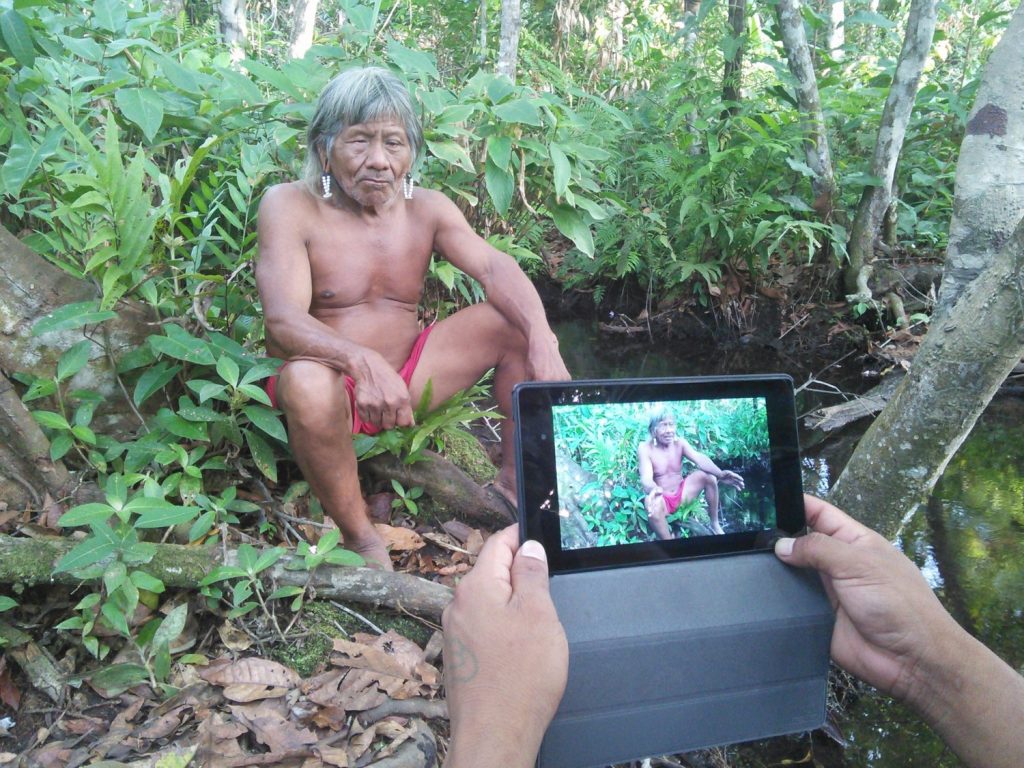
Colin: It seems to me there’s an enormous distance in disciplinary approach between a participatory video and an Earth System Model. So, do you think it is useful to try to represent fire in an Earth System Model?
Jay: Yes, I do actually. You say I’m methodological ‘far away’ because I’m currently doing participatory video, but I do have a very strong natural sciences background. For me, I think it’s really important to understand the interactions between fire, climate and vegetation, and then, looking at how people influence that too.
Colin: If you think it’s useful, that means you must be optimistic about the prospects for finding sufficiently general principles that this very human-influenced activity can actually be included in an Earth System Model?
Jay: Yes, I am an optimist at heart, and it is my general approach to a lot of things! I can see the value in it, but it is going to be tricky to do it in practice. The main issue is the resolution at which you put in the information on human activity – what will be the amount of complexity that you can include? I think we will be able to do it, but the degree of complexity will be the sticking point.
Colin: Yes, and of course that is true for many of the more natural aspects, certainly the biological aspects, too – there is this question of what degree of complexity can reasonably be put into a model.
My next question relates to a conversation we had in our last team meeting. A point was made about who could have predicted that the Brazilians would elect a president like Bolsonaro, which is relevant because his presidency has directly contributed to the rate of burning in the Amazon forest going up again. So obviously, there are limits to predictability. Given human agency is important here, and that some things remain absolutely unpredictable in society, is it realistic to try to predict future fire regimes?
Jay: I suppose my view would be that ‘predict’ is the wrong word. Rather than predicting future fire regimes, I think it’s about presenting different future scenarios on fire. So, it’s not about saying ‘it’s going to be like this’, it’s about looking at all the different possibilities, and those would be based on different trends and patterns. We will have to see, as we go along, about the resolution or the complexity at which we will be able to do it, but I think there will be potential to find trends and patterns, which could be then used to present different types of future scenarios. Bolsonaro is a wild card, and you can put wild cards into scenarios too. I don’t know exactly how we’d do that, but you could perhaps base it on historical and contemporary wildcard events, whether they are political, economic or environmental, and see what would happen. I don’t know if that’s possible from a modelling perspective, but I have included wildcards in participatory scenario work I’ve done in the past on climate change and biodiversity conservation. The scenarios were qualitative visions of the future built from trends in drivers of change, with wildcards thrown in to see what would happen. So I think it will potentially be possible with fire; it’s all to do with the complexity, but I think it’s more about scenarios rather than predictions per se.
Colin: Yes, and of course that’s even true for climate projections for beyond 20 years or so, and also the standard approach in the literature is the scenario-based approach.
Moving onto to my other set of questions – for our Centre as a whole, what do you think are the most important challenges that we should address?
Jay: There’s lots! But personally I think one of the most important challenges is to move away from the fire suppression and emergency response approach to wildfires, which we have seen in the past and which we continue to see today, to one that embraces the fact that fire is always going to be around and we need to be ready for them – i.e. more to do with prevention and risk assessment. Linked to this are narratives and communication. A lot of fire narratives are very simple, such as good fire versus bad fire. You see these types of simple narratives in the media, in the way people talk, and in institutional policies. People are obviously influenced by these kinds of narratives, so I think, as a Centre, we need to change those simple narratives to ones which show the complexity around wildfires in different places and contexts. Hopefully that will help people think about how they can better live with fire, which is one of the goals we have as a Centre, in our research strand ‘Living with Fire’.
Colin: It may be no surprise to discover that other groups in the world are thinking along parallel lines to us, and we’re certainly going to see, perhaps not an explosion, but certainly a rapid expansion of research on wildfire across the world. So, what do you think that, as a Centre, we can contribute that is distinctive and unique?
Jay: What I am going to say is a bit predictable, but I think our unique contribution is in our multidisciplinary approach, and the fact that it is in our take-home message to combine different disciplines and methods to achieve the goals that we have as a Centre. I also think the fact that in the leadership team and the supervisors involved so far, we’re all really passionate and appreciative of the fact that we need an integrative approach. That’s a good starting point towards multidisciplinarity. I don’t have a really good overview of other wildfire centres around the world, but I do think from the ones that I do know about, we are different in our approach.
Colin: It occurs to me as you’re talking, what we do and what we have very strongly represented, in a broad sense, among the team, is geography. Ultimately, you, David and Sandy would admit to being geographers.
Jay: I think Martin as well, he’s in a geography department!
Colin: Martin too, yes! So, we’re very strong in geography. I did once work in a geography department, and I think in some ways I am a sort of geographer in spite of myself, or something like that! I have a great appreciation for geography and a great interest in much of the subject matter. On the other hand, something I have heard from people from over the last decade or two is that whilst you would hope that geography would be ‘the’ place where social and natural sciences meet, in reality there has been a tendency for it to become the place where social and natural sciences are at loggerheads. Do you have any comment on the disciplinary background here?
Jay: From my personal experience, being in Geography has always been a very positive experience. I did my first degree in a biology department, and it was only when I did my PhD with Philip Stott that I went into a geography department. It was a bit of a shock initially, because of range of topics people were studying, and diverse expertise of the academics. It was just so wide-ranging in geography compared to what I’d experienced in biology. There is an openness to doing things in different ways, which I feel, is more accepted in geography compared to the biology department that I had experienced. At Royal Holloway Geography, we are generally very collaborative between the physical and human geographers, and appreciative of each other. We also do a lot of cross-supervision of PhDs between different disciplines. For example, I currently supervise PhD students with the Department of Music, the Department of Biological Sciences, and the School of Anthropology and Conservation at the University of Kent. So, I have found people in geography to be very, very open to that kind of cross-disciplinarity. Maybe the fact that we have a core group of geographers in the leadership team, and we can adopt you too Colin, is probably why we are so good at what we’re doing!
Colin: Great, that’s very positive. Moving on to my next question, what do you expect to be the most productive interactions that we are going to have with other, non-academic, stakeholder groups?
Jay: I think one of the most important ways to have productive interactions will be to create a two-way learning process – a space where we will be able present and share different types of knowledge – scientific, local, Indigenous, institutional. I think this will really help us to ground our work in the local and institutional realities of fire – fire use, fire management, fire suppression, fire-fighting, or whatever it might be – and have discussions in those forums on the challenges and opportunities for those stakeholder groups. For me, that’s one of the exciting things of having those interactions, and I say that from previous experience. For example, together with Professor Bibiana Bilbao of Universidad Simon Bolivar, I have an on-going project in Venezuela with different groups – Indigenous people, fire-fighting agencies, national park agencies, and government bodies – and we’ve brought them together in different forums and spaces where people can present their knowledge in different kinds of ways. The discussions been really rich and really great in terms of people sharing their information and being able to understand what people’s realities are. As you probably know, there can be a lot of conflict between these different non-academic stakeholder groups. In the context of Venezuela, historically there’s always been a conflict between the local communities, the firefighters, and the government agencies. The idea of bringing people’s knowledge together in a space where everybody’s knowledge is valid, and sharing it in a way in which we can come up with solutions together, rather than it being conflictual about whose knowledge is more legitimate, I think will be one of the most productive interactions with stakeholder groups.
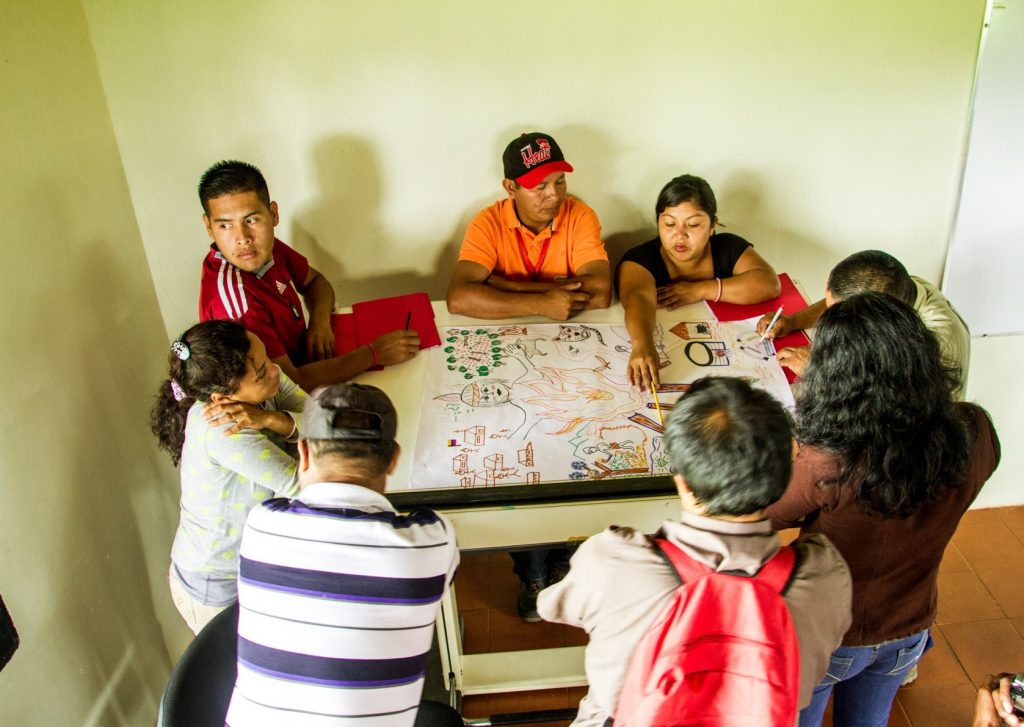
Colin: You’ve worked a lot in developing countries. Do you think an analogous situation exists in the UK, for example? What could we do?
Jay: Yes, I definitely think so. We’re always hearing about different people having different kinds of views or narratives about fire – who’s setting it, what’s right and what’s wrong, and if it’s good or bad etc. – and it’s a world-wide issue. So, I think definitely in the UK there’s space to bring people together to have those conversations and interactions. It doesn’t happen straight away, it’s a long-term process, so one thing as a Centre that we really need to think about with our non-academic stakeholder engagement is how we develop a longer-term process of engagement. We are very lucky to have ten years! We obviously can’t do it with every single community and organisation, so in the areas that we decide are key, we need to think about how we are going to build those long-term relationships with those groups, and bring stakeholders together at regular intervals, so that those conversations can develop over time. It does take time to build trust because conflicts are so ingrained; I found that especially true in the Venezuelan context. However, I think breaking down conflicts is really important in terms of living sustainably with fire, which is one of our Centre goals. We may not be able to do it straight away, but hopefully towards the end of the project we can contribute towards that.
Colin: You’ve used the word multidisciplinary several times, and even our Advisory Board were commenting on the distinction between multidisciplinary and interdisciplinary science. I think we can say that we’ve at least adopted a multidisciplinary approach in our choice of projects, because we are funding projects over many different areas, but each one is distinctive to a supervisor and a field. What’s your view on this? First of all, is interdisciplinary science different to multidisciplinary, is it desirable, and if it is desirable, how do we do it?
Jay: I see multidisciplinary visually as lots of different disciplines in a line, working together, and then interdisciplinary is where those disciplines mesh together at certain points. What we want to do is to aim towards that crossing over between those disciplines, identifying the places where they can join up. It is really tricky, and from my experience it needs a lot of communication, and we’re going to have to really think hard about how we ensure that we have a very good flow of communication between different parts of the Centre to ensure that interdisciplinarity is happening. Unless you have that kind of communication and you understand well what other people are doing, it’s really hard to see those points of contact. Then there is another aspect about taking risks. Sometimes we need to be open to doing new things in new ways, and I think so far we generally are, and we are very positive about the interactions we’ve had so far with supervisors and the leadership team. But it will be important to remain really open, and be willing to take risks.
Colin: I agree, I do sense a very positive attitude amongst the leaders and supervisors, but in practical terms what tools do we have to facilitate this communication?
Jay: I don’t know if it’s really a matter of tools. I think one is time, and the other is probably our skills, as a leadership team, in facilitating that process of communication. Communication does take a long time, and it’s quite difficult right now with the pandemic, but how often we meet, what we talk about each time, and who is facilitating that discussion, and what kind of facilitators they are, are all important going forward.
Colin: Ok, so now over to you, is there anything else you’d like to say?
Jay: No, other than I love being part of the Centre, it’s been great so far, and I’m just looking forward to the journey. It’s very exciting that we’ve now started, and finally doing the science part, so I’m looking forward to the future!
Colin: Thank you very much Jay, it was a very interesting talk.
